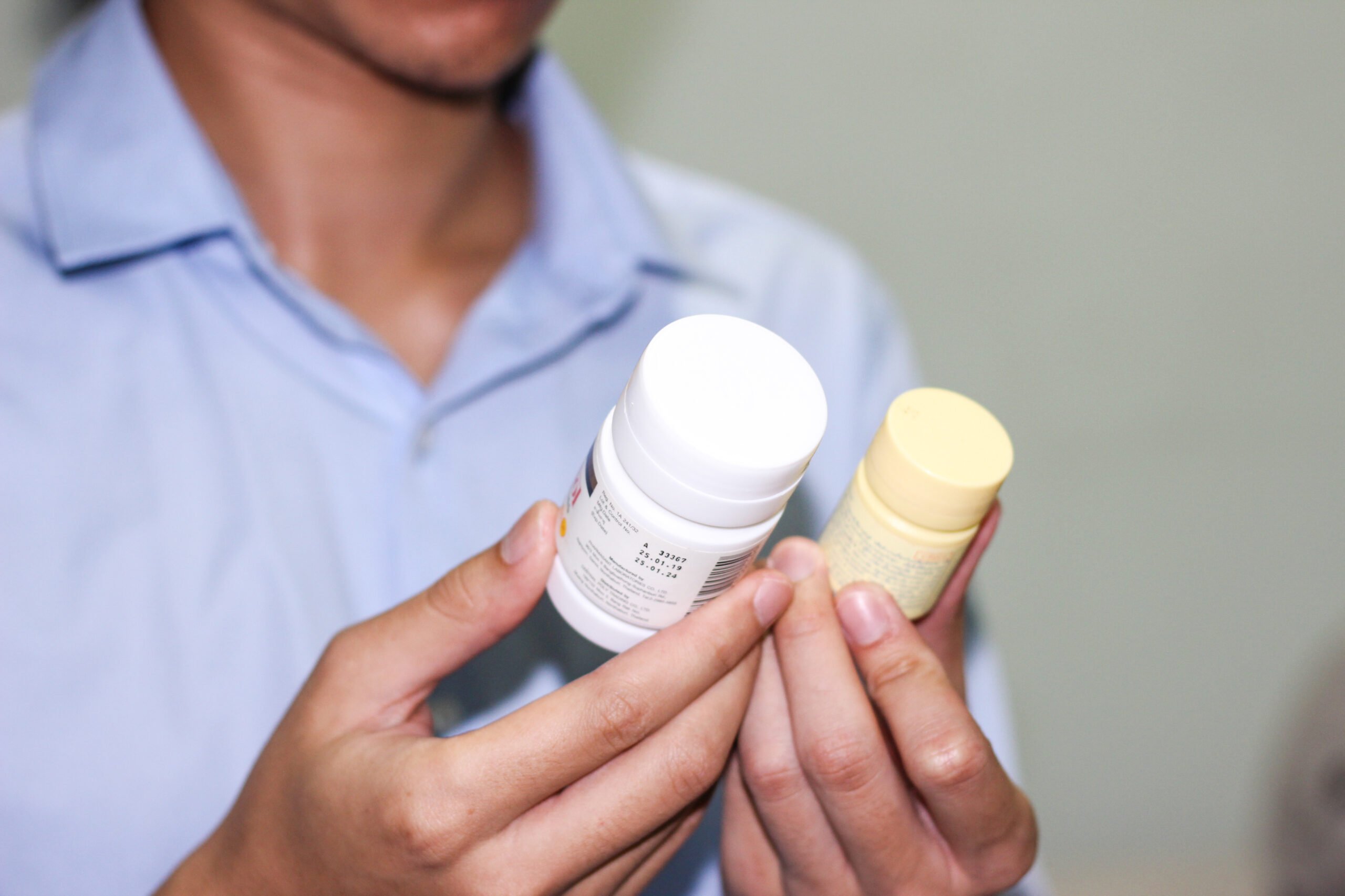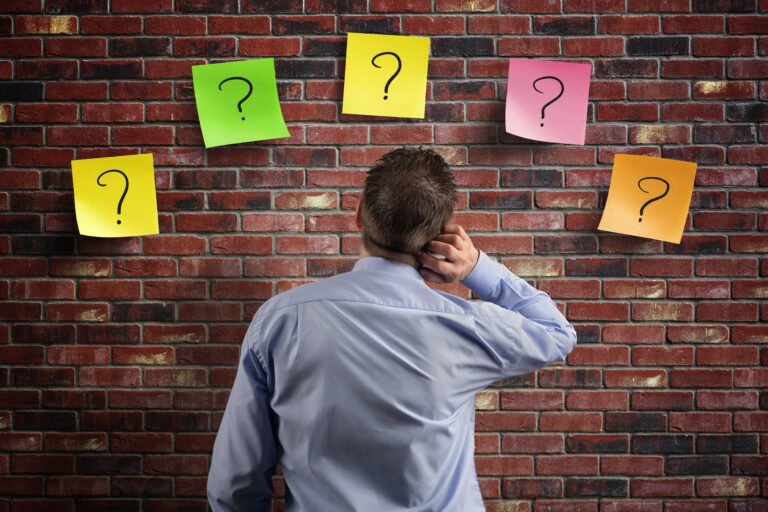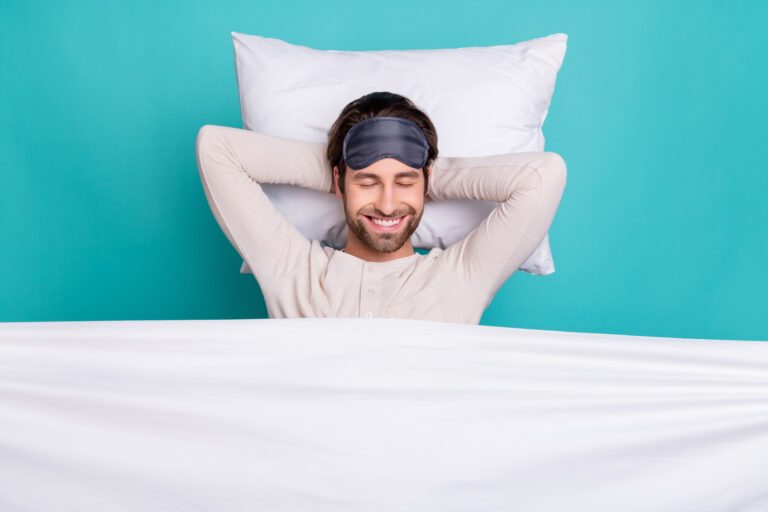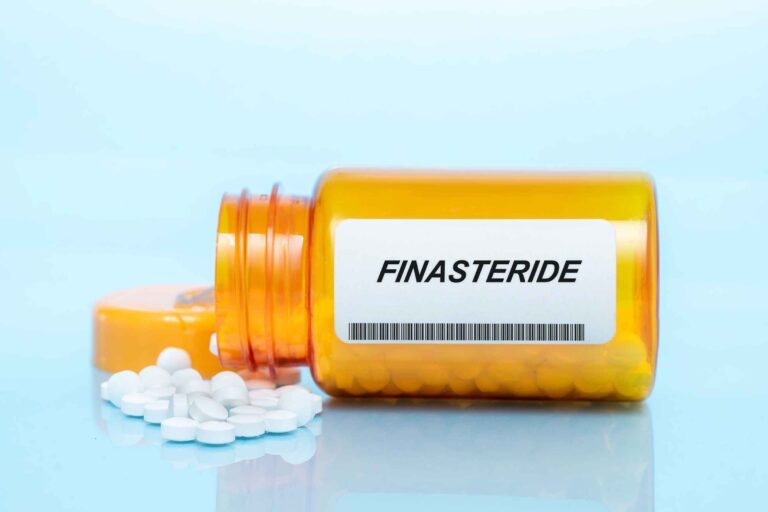Finasteride Vs. Minoxidil: Which To Pick For Best Hair Growth
Male pattern baldness is no joke. This condition affects almost half of the male population at different stages in their lives. It has significant adverse effects on their confidence and mental well-being. Therefore, many men are in search of solutions to this unfortunate issue.
For those who are unwilling or don’t have the means to have a hair transplant, there are many medications on the market designed to combat hair loss.
Finasteride and minoxidil are two of the most popular ones. When looking at finasteride vs. minoxidil, which is the better pick for the best hair growth?
Finasteride is a DHT blocker that promotes hair growth by reducing DHT levels and allowing hair follicles to grow healthier. In contrast, minoxidil is a vasodilating drug that improves blood flow to the scalp and nourishes follicles. Finasteride is more effective but has riskier side effects.
Read on to learn more about the difference between the two drugs. This guide will help you decide which is best for you when considering Rogaine vs Propecia.
How Does Finasteride Work?
Finasteride is one of the most commonly prescribed medications for those suffering from male pattern baldness.
This drug is available on the market under brand names such as Propecia and Proscar. You’re most likely to find it sold in tablet form.
Finasteride combats hair loss by reducing dihydrotestosterone (DHT) levels.
To understand how this helps curb the symptoms of male pattern baldness, you need to know what DHT is and how it affects your bodily functions.
Finasteride and DHT
DHT is a sex hormone that causes thinning and loss of hair when your body produces too much of it. It directly affects your hair follicles by blocking receptors in them.
In turn, your hair follicles get smaller and weaker over time. The outcome is that your hair follicles become no longer able to produce strands of hair.
So, how does finasteride make your body produce less DHT?
This hormone acts on the enzymes responsible for converting testosterone into DHT. It slows the conversion process, allowing your hair follicles to restore to their normal activity level.
However, be noted that the effects of finasteride are only present as long as you consistently keep taking the prescribed dosage. Once you stop taking the drug, your DHT levels will rise again, and you’ll notice the symptoms of male pattern baldness returning.
Side Effects of Finasteride
As with any prescription medication, you should be aware of its possible side effects before you take it.
Several side effects come with finasteride. These effects can vary from mild to severe.
Sexual Side Effects
The main side effects of finasteride are sexual ones. This is to be expected since the drug affects the secretion of DHT, which is a sex hormone in your body, as previously mentioned.
Finasteride users may experience an array of sexual side effects. They include penile changes, erectile dysfunction, and reduced semen volume. Those taking finasteride might also experience a decrease in sex drive and lower pleasure levels during orgasms.
Keep in mind that the chances of these side effects occurring are heavily dependent on the daily dosage you’re taking. If you’re taking a dose of over five milligrams a day, you’re more at risk of its side effects.
Other Side Effects
Finasteride’s side effects aren’t limited to the ones mentioned above. Some finasteride users may also experience non-sexual side effects. They include skin rashes, a stuffy nose, gynecomastia, and dizziness.
Risks Associated With Finasteride
Making finasteride your medication of choice to combat hair loss doesn’t come without risks. Even when you stop taking the drug, you may find that its side effects aren’t going away.
This is usually nothing to worry about. It takes some time for the drug to leave your system. Therefore, the side effects can take up to ten days before they’re completely gone.
The risk with finasteride is that these side effects can become chronic. Studies show that in 16% of finasteride users, the sexual side effects, such as reduced libido and erectile dysfunction, may never go away.
This condition is known as post-finasteride syndrome.
Post-Finasteride Syndrome
Post-finasteride syndrome is a rare condition that affects finasteride users long after they stop taking the drug. It has various adverse effects on an individual’s physical, mental, and sexual health.
Men who develop post-finasteride syndrome may suffer from joint pain, muscle weakness, chronic fatigue, or dry skin. This isn’t to mention the sexual symptoms outlined above.
As for the effects of this condition on mental health, they can include depression, suicidal thoughts, panic attacks, and insomnia.
How Does Minoxidil Work?
If you’ve tried finasteride or know someone that has and isn’t pleased with their experience with the drug, you’re probably searching for an alternative.
This is where minoxidil comes in.
Minoxidil is widely used as a medication for male pattern baldness. You may have heard of it under brand names like Rogaine.
While finasteride typically comes in tablets, minoxidil has a variety of forms. This drug can be bought as either a solution or a foam. Additionally, it can be administered either orally or topically.
Minoxidil users apply the drug directly to their scalp to boost hair follicle activity and stimulate healthier hair growth.
Furthermore, minoxidil differs significantly from finasteride in terms of the way it works. As previously mentioned, finasteride is a DHT blocker. On the other hand, minoxidil doesn’t affect your sexual hormones in any way.
Instead, it helps curb the symptoms of male pattern baldness by increasing the blood flow to your scalp. This improved blood circulation allows your hair follicles to grow healthier.
The Mechanism of Minoxidil
Let’s look in more detail at how minoxidil does its job:
Minoxidil is a vasodilating drug. This means that it widens the arteries transporting blood to your scalp. In turn, your hair follicles receive a larger dose of nutrients and oxygen. Naturally, this allows them to function better and produce stronger and thicker hair.
The mechanism with which minoxidil works also has a lot to do with the hair growth cycle. This cycle can be split into three phases.
First, we have the growth phase, followed by the transition and resting phases.
If you suffer from male pattern baldness, you have an imbalance in your hair growth cycle. The hair you grow doesn’t spend as much time in the growth phase as it should. In turn, it doesn’t stay on your scalp for that long before it falls off.
When you take minoxidil, it stimulates your hair follicles, bringing them from the resting phase to the growth phase. Additionally, it extends the growth phase to make your hair stay longer on your head before it falls off.
Side Effects of Minoxidil
Sure, minoxidil doesn’t play around with the balance of sex hormones in your body. However, that doesn’t mean that this drug doesn’t have side effects.
The exact side effects you might experience as a result of minoxidil may vary depending on the formula used in it.
That being said, here’s what you can typically expect when using topical minoxidil:
Some minoxidil users will experience skin rashes, itchiness of the scalp, a slight burning sensation, or skin irritation at the application site.
Additionally, you may experience side effects that are a result of the accompanying ingredients in your minoxidil medication as opposed to the minoxidil itself.
Propylene glycol and alcohol are often used as dissolving agents to allow your skin to absorb the medication more effectively. However, some people are overly sensitive to these substances and may experience discomfort when they spray minoxidil on their scalps.
When to Seek Medical Attention
The side effects of minoxidil are typically mild and are no cause for concern. However, in some cases, minoxidil users may experience severe side effects that require immediate medical attention.
In addition to the symptoms mentioned above being severe, the side effects that warrant a visit to the hospital include, increased heart rate, shortness of breath particularly when lying down, and chest pain.
You should also see a doctor immediately if you experience lightheadedness or sudden, unexplained weight gain.
Finasteride vs. Minoxidil: Which Is More Effective?
Studies show that finasteride is more effective than minoxidil as a remedy for male pattern baldness. This is to be expected since finasteride is a hormonal treatment as opposed to minoxidil, which is simply a vasodilator.
Statistics from these studies show that almost 60% of finasteride users reported excellent results in terms of reduced hair loss from taking the drug.
However, the higher efficacy of finasteride comes at a cost. Using the drug puts you at risk of sexual side effects, such as erectile dysfunction, among others. While these effects are often temporary, they can become chronic and develop into post-finasteride syndrome.
Additionally, the financial burden of finasteride is significantly higher than that of minoxidil. The former is estimated to set you back between $50 and $75 a month, while the latter only costs around $15 per month.
This is a real issue since you need to consistently take the required dose of finasteride for it to remain effective in preventing hair loss.
Another issue with finasteride is that it’s not a viable option for those who are involved in professional sports.
Finasteride is considered a banned substance by the World Anti-Doping Agency (WADA).
The WADA prohibits athletes from consuming this medication because finasteride masks the metabolites produced by performance-enhancing drugs. This makes it difficult for the agency to identify athletes who are using illegal substances through urine testing.
If you’re not willing to take on the health risks or the high cost of finasteride use, you’re better off going with minoxidil as your hair loss medication of choice.
By doing so, it doesn’t mean you’re settling for an inferior drug. Minoxidil is also approved by the FDA as an effective treatment for male pattern baldness. Many users have been more than satisfied with the results they’ve gotten with it.
Whether you decide to go with finasteride or minoxidil, you should never start taking these medications before you consult a licensed physician. Make sure to give your physician all details of your medical history and any other medications you’re taking.
Further, in some cases, those suffering from male pattern baldness won’t get the desired effect from either drug. In such cases, the best course of action is a hair transplant.
Can You Use Finasteride and Minoxidil Together?
You may be wondering if you can use finasteride and minoxidil together to combat your hair loss woes.
The answer is that you can, for sure. In fact, this is often a route that’s suggested by doctors. The idea is that taking both drugs simultaneously enhances the strength of their effect.
Due to finasteride and minoxidil having completely different mechanisms, using them at the same time is safe. Additionally, the ingredients in each medication don’t interact with those in the other in any way.
The finasteride inhibits your body’s production of DHT and curbs this hormone’s adverse effect on your hair follicles.
At the same time, minoxidil widens the blood vessels, taking blood to your follicles. This improved blood flow allows them to get all the oxygen and nutrients they need to flourish.
This dual effect can be the answer for those that haven’t gotten the desired results when they’ve used each of these drugs by themselves. Together, finasteride and minoxidil results are highly desirable.
Alternatives to Finasteride and Minoxidil
If your hair loss is particularly severe and you’re not getting the results you want from using finasteride, minoxidil, or both of them together, there are other options for you to consider.
One of these options is caffeine-based shampoos. These shampoos have proven to be effective in strengthening hair follicles and stimulating hair growth when used consistently for an extended period.
These shampoos will also typically have ingredients such as zinc, vitamin A, vitamin C, niacin, and flax seed. Nutrients and minerals like these can nourish your hair follicles, allowing them to produce stronger hair strands that are less likely to fall prematurely.
Frequently Asked Questions (FAQs)
Is minoxidil necessary with finasteride?
Taking minoxidil with finasteride is not a must. However, the two medications are commonly taken simultaneously. This is because finasteride and minoxidil results can be much more potent when you do so.
Please note that you should consult your doctor before starting a finasteride and minoxidil program.
Do I need minoxidil if I use finasteride?
If you’ve been using finasteride for a while and are seeing the desired results, there’s no need to take minoxidil.
However, this drug is an excellent alternative if finasteride isn’t working for you. It also has considerably less risky side effects than finasteride.
Why finasteride is the best?
The consensus among the medical community is that finasteride is a more effective medication for male pattern baldness than minoxidil. The reason is that the drug acts directly on DHT, the hormone responsible for hair loss.
That being said, some people may not be willing to take on the sexual side effects that come with finasteride, such as erectile dysfunction.
Do you have to take finasteride forever?
Finasteride isn’t a cure for male pattern baldness, it’s merely a treatment. The effectiveness of this treatment is only viable as long as you’re consistently taking the required dose.
Once you stop taking finasteride, you’ll soon start to notice that your hair loss woes have returned.
This is one of the main issues with finasteride because the drug isn’t cheap.
Does stopping finasteride worsen hair loss?
If you’ve decided to stop taking finasteride, you may be concerned that your hair loss will come back even worse than before.
Don’t worry, the hair loss you’ll experience once you get off the drug will be at the same rate it was initially.
However, you may continue experiencing the side effects of finasteride for a few days until the drug completely leaves your system.
Conclusion
If you suffer from male pattern baldness, you’re probably searching left and right for solutions that can help you overcome your hair loss. If a hair transplant is out of the question, then your best bet is hair loss medications, such as finasteride or minoxidil.
When looking at finasteride vs. minoxidil, which is the superior option for better hair growth?
Finasteride is the more effective medication. However, it poses a greater risk to those who take it than minoxidil. This risk stems from the way finasteride works.
This drug alters the levels of the sex hormone DHT in your body. In turn, it puts you at risk of developing temporary sexual side effects. In some cases, finasteride users develop post-finasteride syndrome and these symptoms become chronic.
While minoxidil may be less effective, it also poses a significantly lower risk. This drug works by dilating the arteries taking blood to your hair follicles, allowing more oxygen and nutrients to reach them.
Ultimately, the better choice for you depends on the level of risk you’re willing to take in your battle against male pattern baldness.







